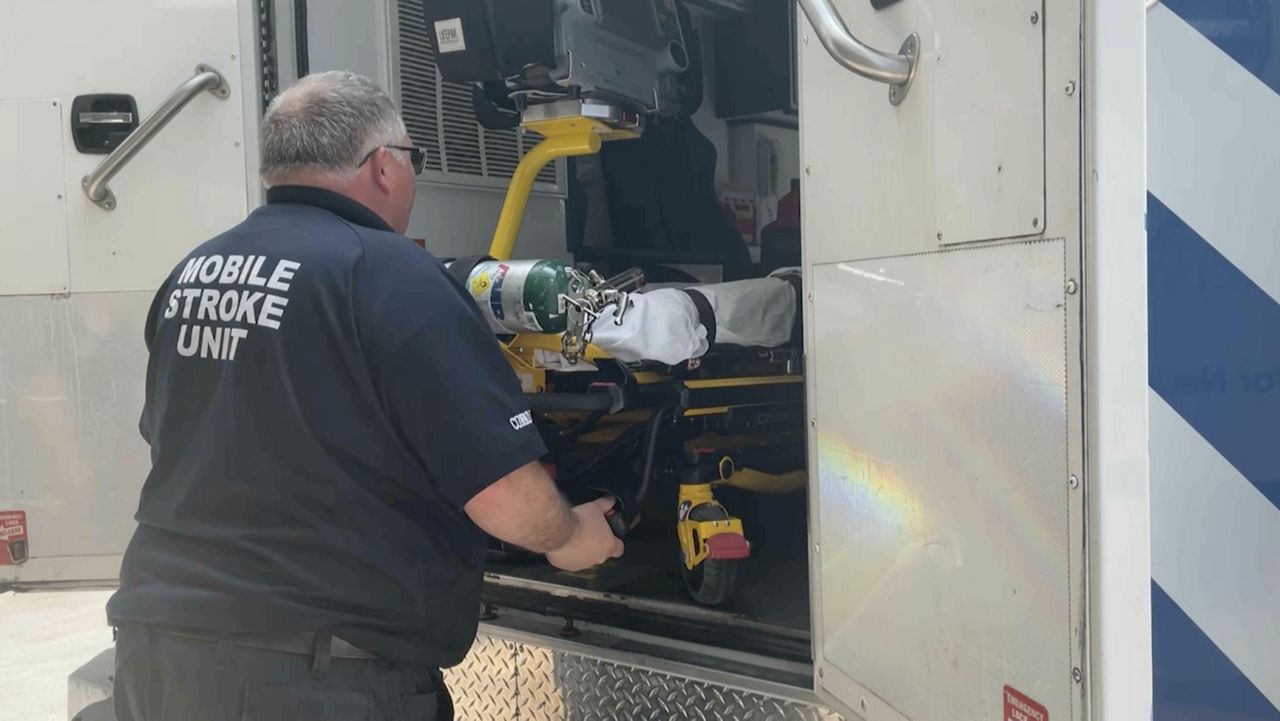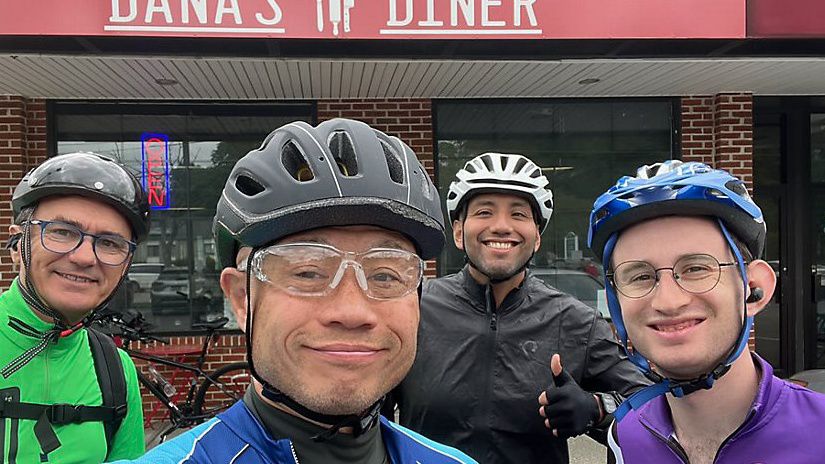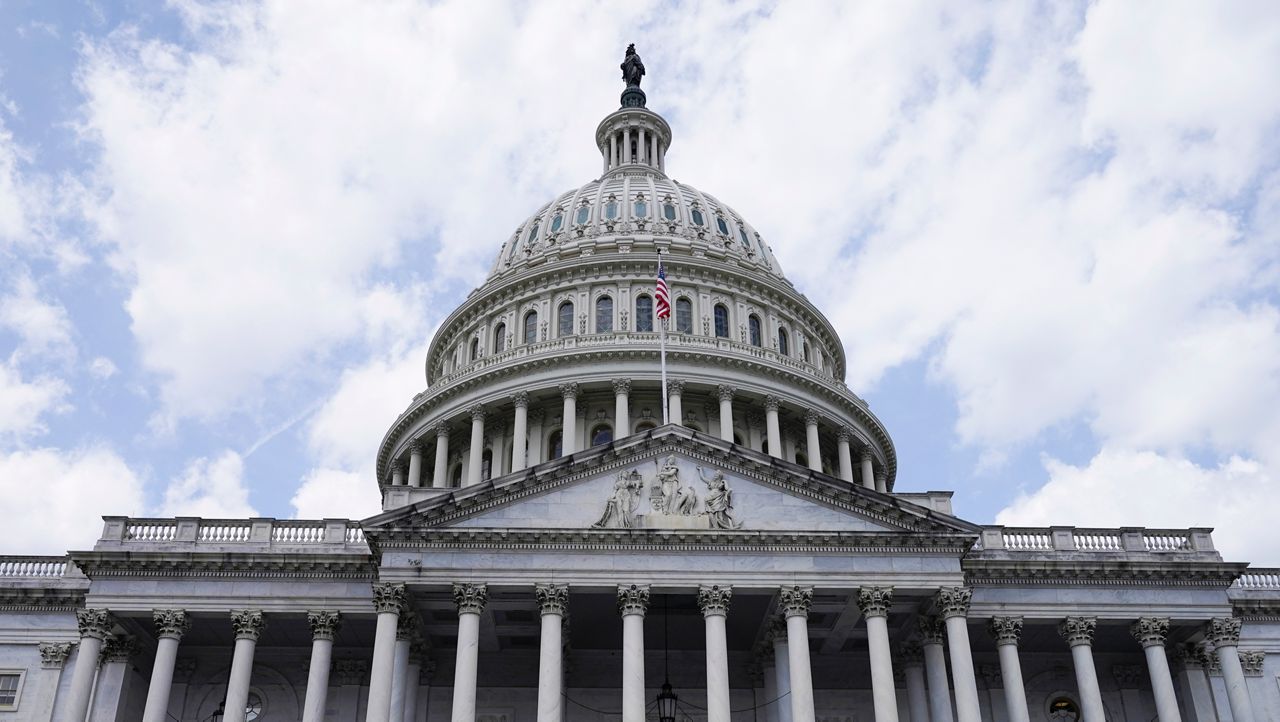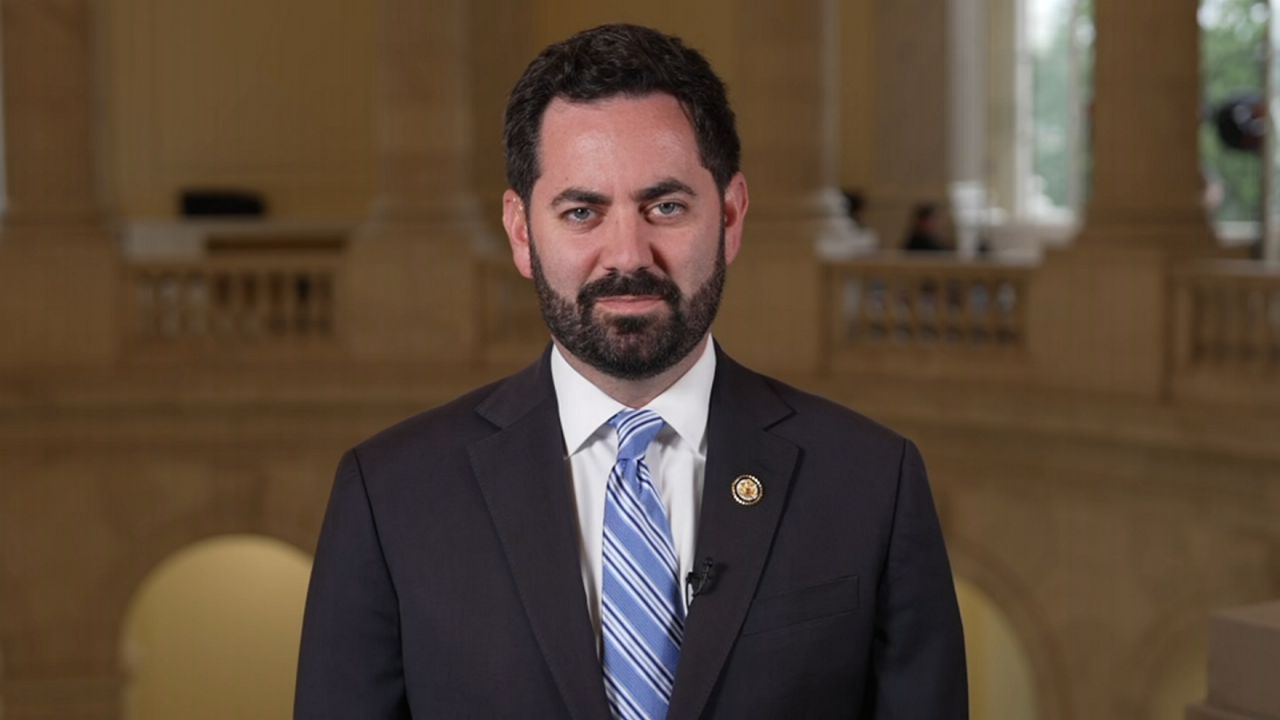Lawmakers at the state Capitol on Tuesday continued their push to, as they put it, rescue Emergency Medical Services (EMS) in New York.
They said there are an abundance of challenges facing EMS organizations, and short of a complete overhaul of the system, or massive increases in Medicaid spending, targeting specific problem areas that would increase funding and changing the ways organizations are supported locally are the best ways to address them.
Jeffrey Call, immediate past chair of the United New York Ambulance Network, told Spectrum News 1 that with the impact of EMS deserts, overcrowded hospitals and funding challenges bearing down on local EMS organizations, they need the state to act.
“You call 911, you get us. We don’t get to say 'no.' We don’t get to say, 'We aren’t coming.' So we are just trying to get a bunch of little things together that will help these organizations survive,” he said.
Those little things come in the form of a package of bills that seek to reform the way EMS organizations are supported by local governments and Medicaid.
One bill would deem EMS an essential service, in turn, creating special taxing districts that would hardwire funding through statewide, regional and county coordination of emergency medical services.
“It deems these providers essential services providers, creates uniform standards and also creates a system that will allow the financing of these programs in whatever city town or village they exist in,” co-sponsor state Sen. Shelley Mayer told reporters Tuesday.
Another bill would remove EMS service providers from the property tax cap. Steve Kroll, legislative chair, NYS Volunteer Ambulance & Rescue Association, stressed that within that tax cap, municipal organizations are pitted against each other for what funding is available within that limit.
“Towns have to make difficult decisions: Do we buy more snow plows; do we invest in our parks; do we invest in EMS services?” he said. “It allows the government to say we want to help out our EMS. Let’s do that outside of the tax cap because otherwise, we will be competing with every other service for resources.”
Also a priority is legislation to allow EMS organizations to treat patients in place. For Medicaid enrollees, they are not currently reimbursed unless they take the patient to the hospital.
It also would allow patients to be transported to places other than a hospital, where Call argues relatively minor injuries and conditions can result in wait times of up to eight hours and expend precious resources.
“If you cut your hand and you need two sutures and an X-ray, most urgent cares have an X-ray machine and they can suture you,” he said. “If you walk into an emergency room as patient 90, 60 in front of you, are having heart attacks and strokes.”









